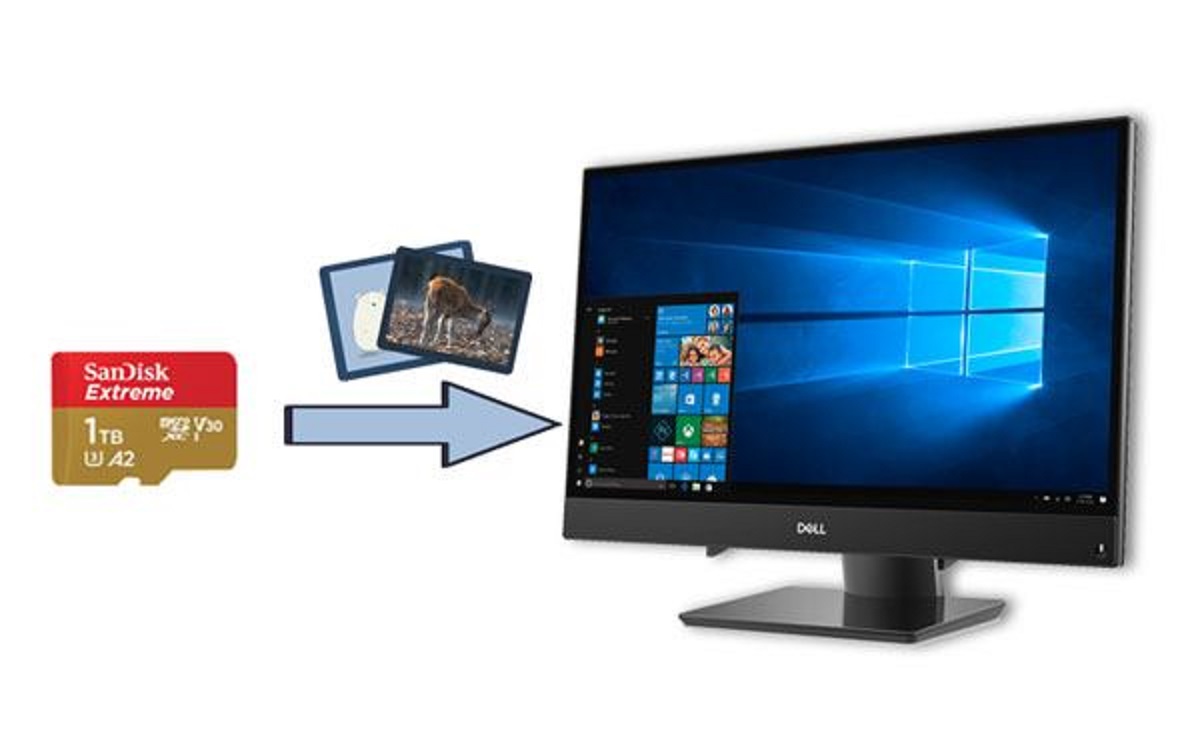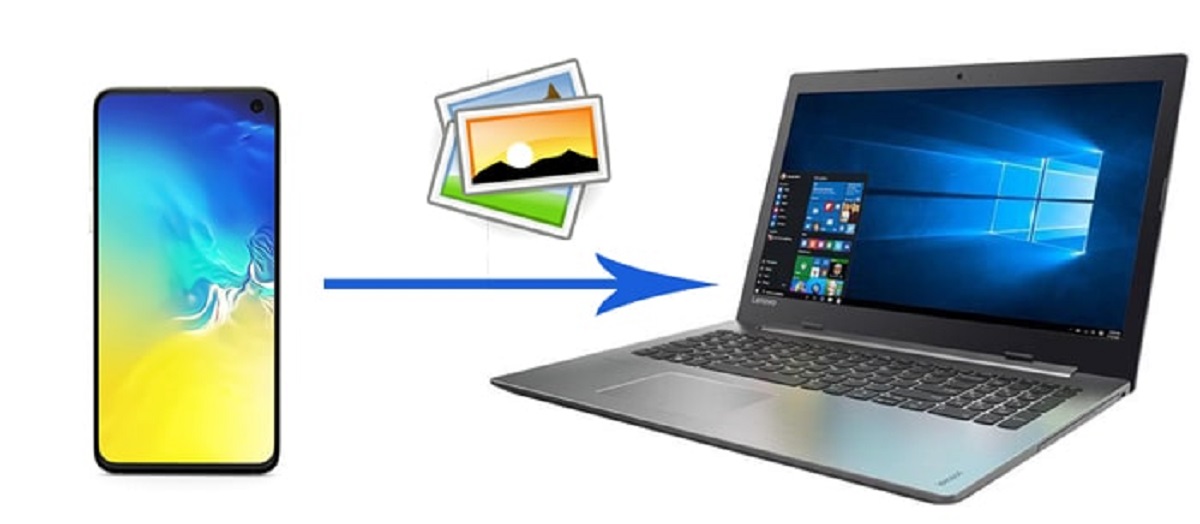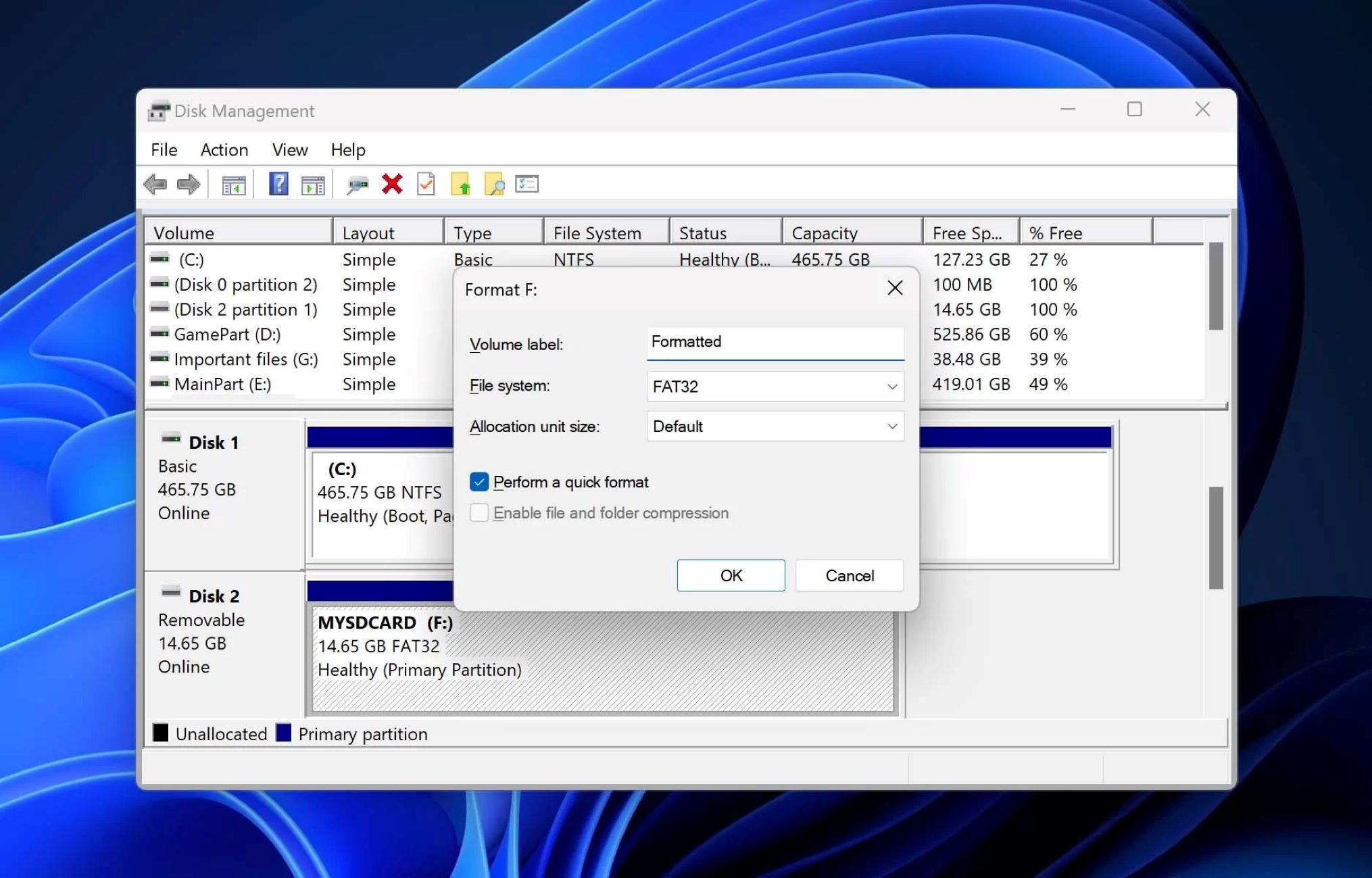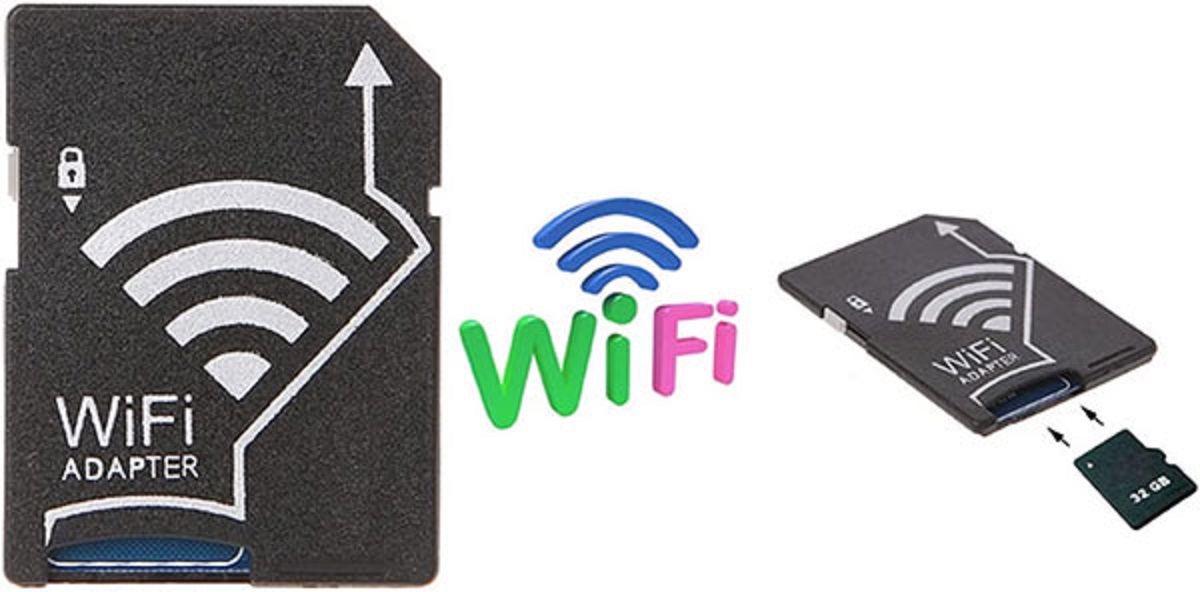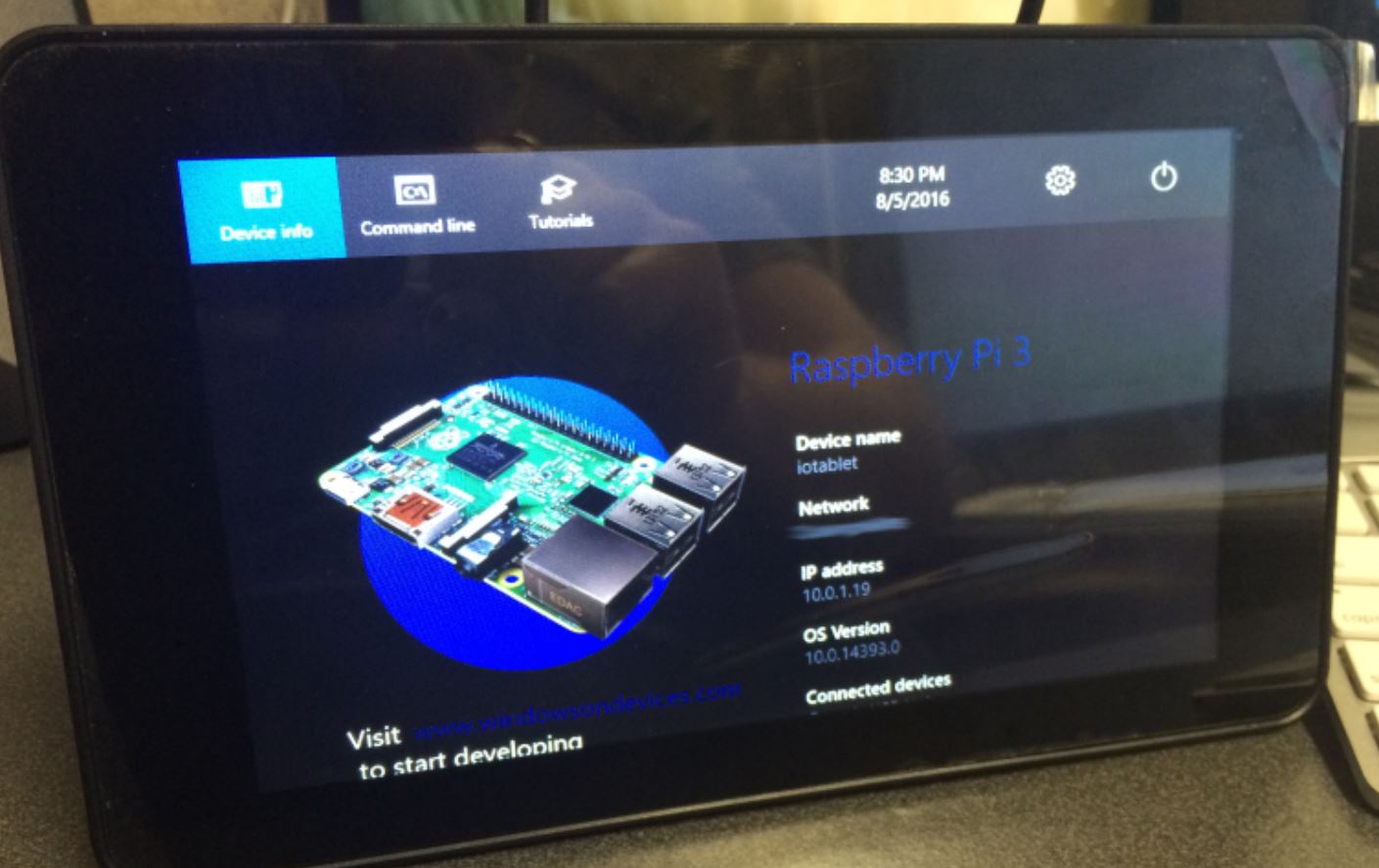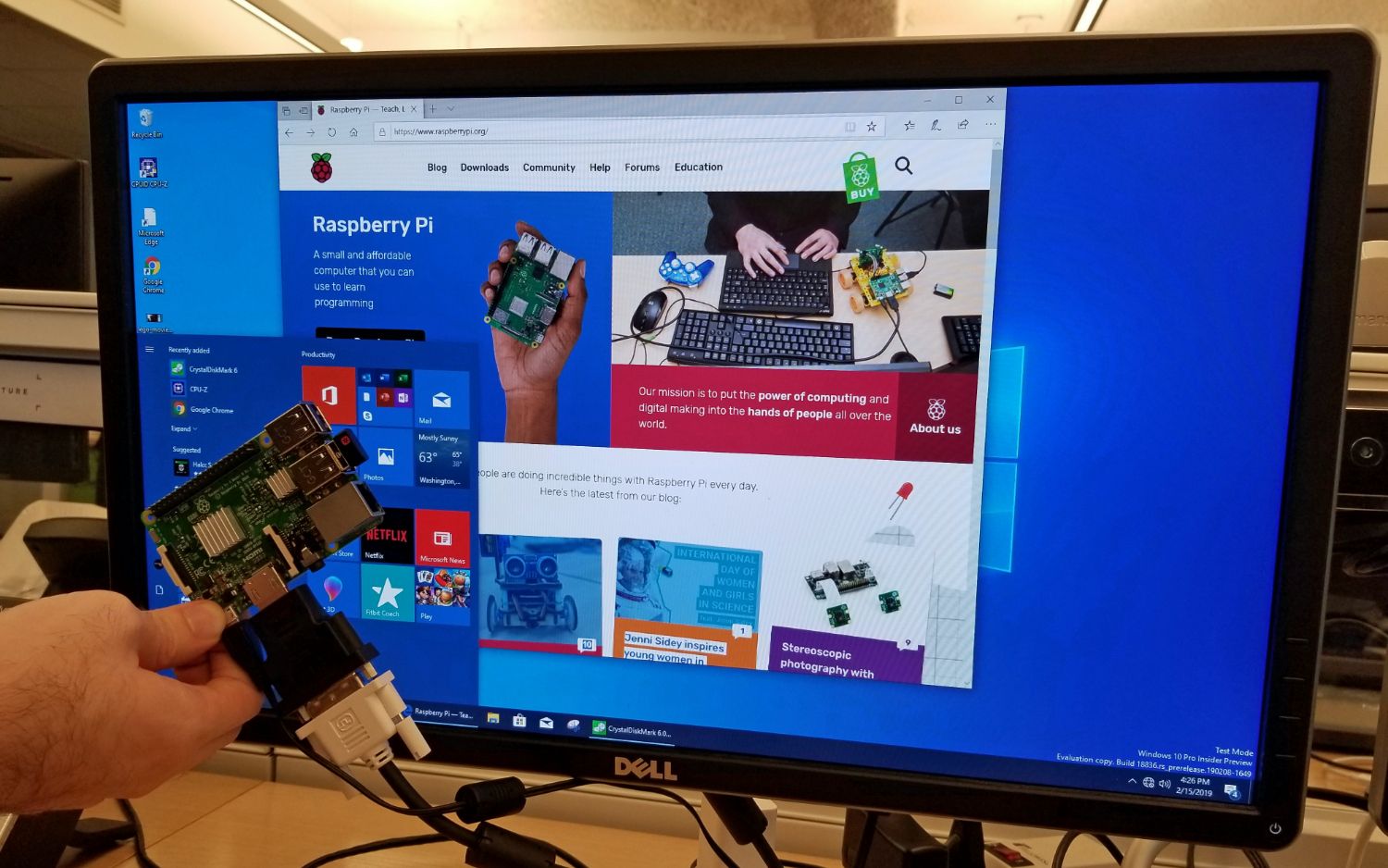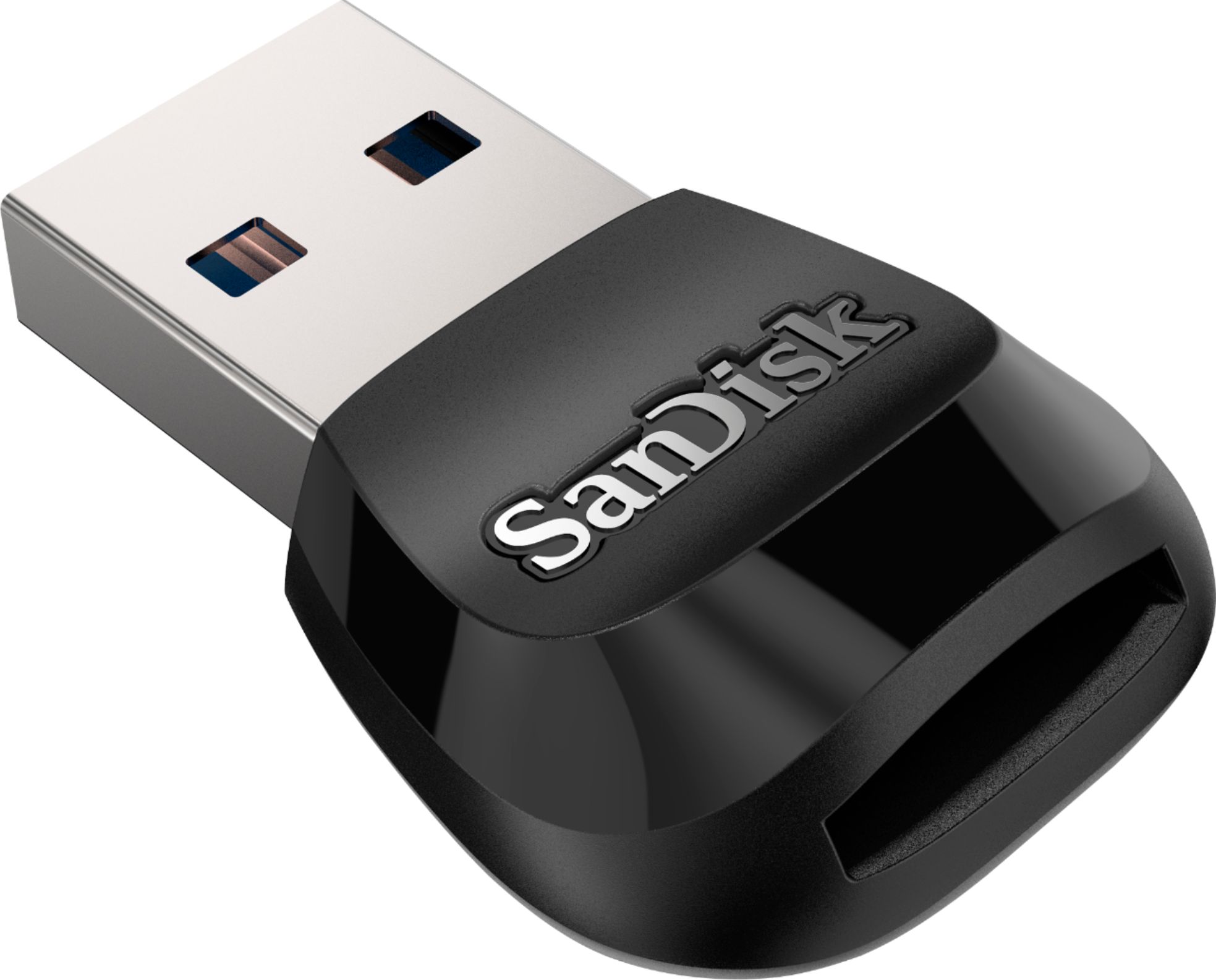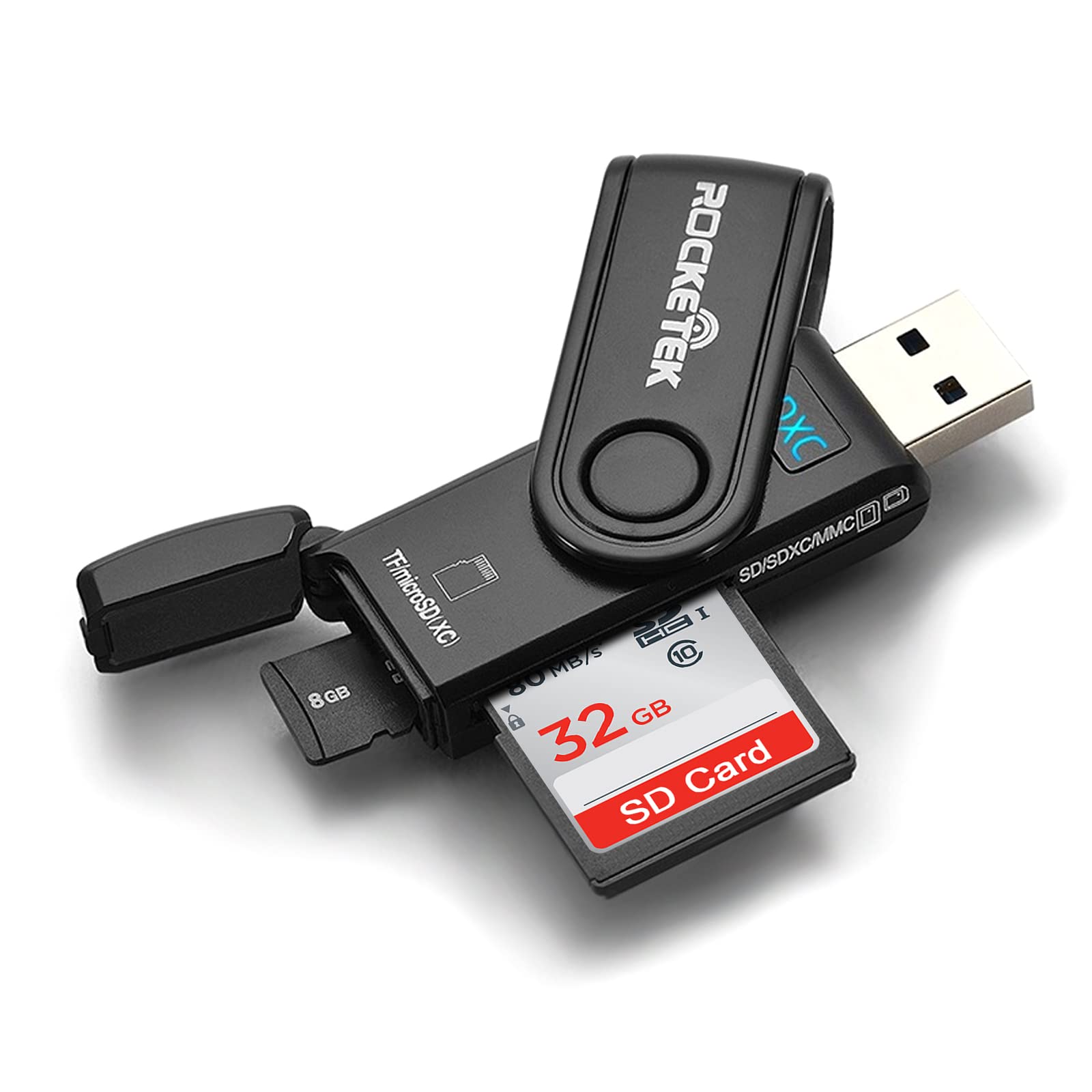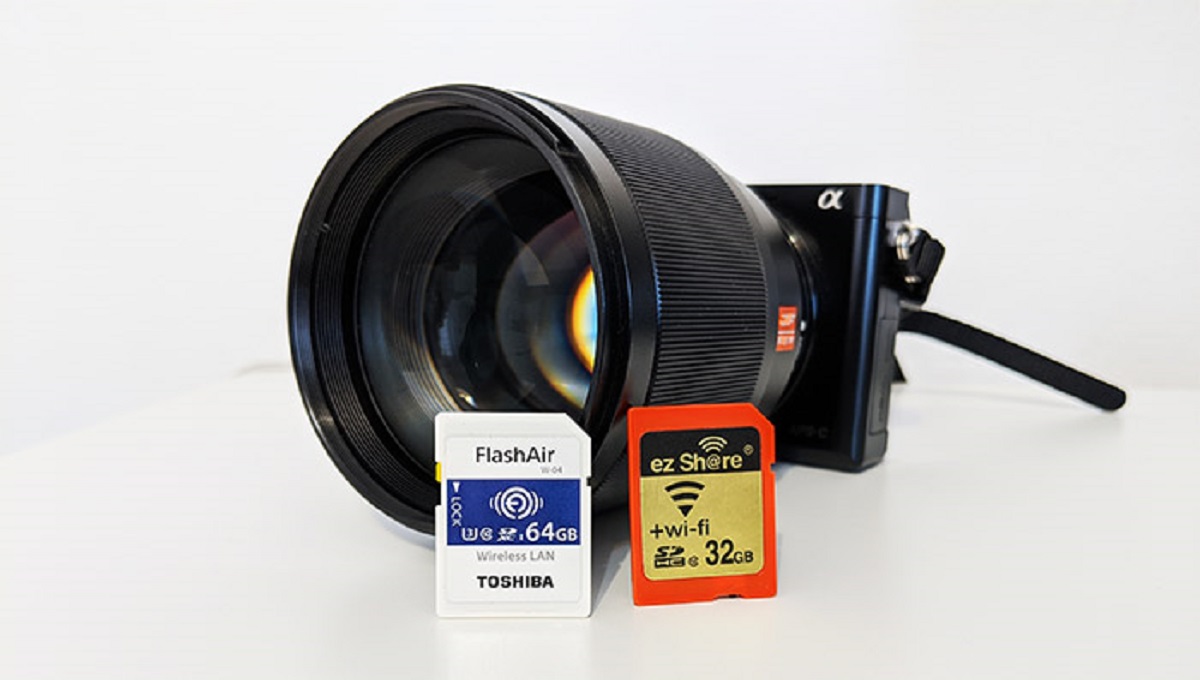Introduction
Welcome to our guide on how to open an SD card on Windows 10. Whether you’re looking to access files, copy data, or format your SD card, we’ve got you covered with multiple methods to make the process seamless and efficient. SD cards are widely used for expanding storage in devices such as cameras, smartphones, tablets, and even laptops. Knowing how to open and access an SD card on Windows 10 is essential for managing and organizing your data.
In this article, we will walk you through several methods that will allow you to open an SD card on Windows 10. We’ll cover the most common ways to access your SD card, including using File Explorer, Device Manager, Disk Management, and Command Prompt. Each method offers different advantages and can be used depending on your specific needs and preferences.
Before we dive into the methods, please ensure that your SD card is properly inserted into the SD card slot or connected to your computer’s SD card reader. Also, make sure that you have the necessary drivers installed for your SD card reader to ensure smooth operation. Ready? Let’s get started!
Method 1: Using File Explorer
Using File Explorer is the most straightforward and commonly used method to open an SD card on Windows 10. With this method, you can easily navigate through your files and folders on the SD card.
Here’s how you can open an SD card using File Explorer:
- Insert your SD card into the SD card slot or connect it to your computer’s SD card reader.
- Open File Explorer by pressing the Windows key + E on your keyboard or by clicking on the File Explorer icon in the taskbar.
- In the left-hand sidebar of File Explorer, you should see a section labeled “This PC” or “My Computer.” Click on it to expand the section.
- Look for the SD card icon, which is usually labeled with the SD card’s name or drive letter (e.g., “SD Card (E:)”).
- Double-click on the SD card icon to open it. You will now be able to view and access the files and folders stored on your SD card.
From here, you can perform various tasks, such as copying files from or to the SD card, deleting files, creating new folders, or organizing your data in a way that suits your needs.
Remember to properly eject the SD card when you’re finished using it to avoid any potential data corruption. To do this, right-click on the SD card icon in File Explorer and select “Eject” or “Safely Remove Hardware.”
Using File Explorer to open an SD card on Windows 10 is convenient and user-friendly. It allows for easy file management and quick access to your data. However, if you’re unable to see the SD card icon in File Explorer or encounter any issues, don’t worry. We’ll explore alternative methods in the following sections.
Method 2: Using Device Manager
If you’re unable to access your SD card using File Explorer or if it’s not being recognized by your computer, you can try using Device Manager to open it. Device Manager is a built-in Windows utility that allows you to manage and troubleshoot hardware devices connected to your computer.
Here’s how you can use Device Manager to open your SD card:
- Press the Windows key + X on your keyboard to open the Power User menu.
- From the menu, select “Device Manager” to launch the Device Manager window.
- In Device Manager, scroll down and look for the “Disk drives” category. Click on the arrow next to it to expand the category.
- You should see the SD card listed in the expanded section. It will be labeled with the SD card’s name or drive letter (e.g., “SD Card (E:)”).
- Right-click on the SD card and select “Open” from the context menu.
By following these steps, you will be able to open your SD card and access the files and folders stored on it. If you don’t see the SD card listed in Device Manager or if it’s displayed with a yellow exclamation mark, it may indicate a driver or hardware issue. In such cases, try updating the SD card driver or troubleshooting the device using the options available in Device Manager.
Device Manager is an effective tool for managing hardware devices, including SD cards, and can help you overcome issues related to their detection and accessibility. However, if you’re still unable to open your SD card using Device Manager or if you prefer an alternative method, don’t worry. We have more solutions to explore in the next section.
Method 3: Using Disk Management
If you’re experiencing issues with your SD card such as it not appearing in File Explorer or Device Manager, or if you need to format or partition the SD card, you can use Disk Management to open and manage it.
Follow these steps to open your SD card using Disk Management:
- Press the Windows key + X on your keyboard to open the Power User menu.
- From the menu, select “Disk Management” to launch the Disk Management utility.
- In Disk Management, you’ll see a list of all the drives connected to your computer. Look for the SD card’s name or drive letter, which is usually labeled as “Removable.”
- Right-click on the SD card and select “Open” from the context menu.
By following these steps, you will be able to open your SD card and access its contents. Additionally, Disk Management offers various options for managing your SD card, such as formatting, changing drive letters, and creating partitions.
If your SD card is not displayed or recognized in Disk Management, it may indicate a more complex issue. In such cases, you can try troubleshooting the SD card using the available options in Disk Management or seek further assistance from technical support.
Using Disk Management provides you with a comprehensive solution for managing your SD card, including opening, formatting, and partitioning it. It’s especially useful when dealing with SD cards that encounter compatibility or formatting issues.
Method 4: Using Command Prompt
If you prefer a command-line approach or need advanced control over your SD card, you can use Command Prompt to open and manage it. Command Prompt is a powerful tool in Windows that allows you to execute various commands and perform system tasks.
Here’s how you can open your SD card using Command Prompt:
- Press the Windows key + R on your keyboard to open the Run dialog box.
- Type “cmd” and press Enter to open Command Prompt.
- In the Command Prompt window, type “cd /d X:”, replacing “X” with the drive letter assigned to your SD card. Press Enter to navigate to the SD card’s location.
Once you’ve navigated to the SD card’s location, you can perform various tasks using Command Prompt, such as copying or deleting files, creating directories, or running specific commands tailored to your SD card’s needs.
It’s important to exercise caution when using Command Prompt, as executing incorrect commands or modifying system files can lead to unintended consequences. Make sure you double-check your commands and have a backup of your important data before making any changes.
Using Command Prompt provides a command-line interface for opening and managing your SD card. It’s especially beneficial when you require fine-grained control over your SD card or need to execute specific commands or scripts.
With the methods covered in this article, you now have multiple options to open your SD card on Windows 10. Whether you prefer using File Explorer for its simplicity, Device Manager for troubleshooting, Disk Management for advanced management, or Command Prompt for command-line control, you can choose the method that best suits your needs.
Troubleshooting: Common Issues and Solutions
While opening an SD card on Windows 10 is usually a straightforward process, there might be instances where you encounter some common issues. Let’s take a look at a few of these issues and their respective solutions:
1. SD Card not recognized: If your SD card is not being recognized by your computer, ensure that it is properly inserted into the SD card slot or connected to a compatible SD card reader. You can also try inserting the SD card into a different card slot or reader. If the problem persists, check for driver updates or try using a different SD card on your computer to determine if the issue lies with the card or the device.
2. Drive letter conflict: Sometimes, the assigned drive letter for your SD card might conflict with another drive on your computer. To resolve this, you can manually assign a unique drive letter to the SD card using Disk Management. Right-click on the SD card in Disk Management, select “Change Drive Letter and Paths,” and choose an available drive letter.
3. Formatting issues: If your SD card is not formatting correctly or if you encounter errors during the formatting process, try formatting the card using Disk Management instead of File Explorer. Right-click on the SD card in Disk Management, select “Format,” choose the desired file system (e.g., FAT32 or exFAT), and follow the on-screen instructions.
4. Card is write-protected: If you’re unable to modify or delete files on your SD card because it’s write-protected, check for a physical write protection switch on the card. If the switch is enabled (locked), slide it to the unlocked position. If your SD card doesn’t have a physical switch, you can try removing the write protection using Diskpart in Command Prompt. Open Command Prompt, type “diskpart,” press Enter, type “list disk,” press Enter, identify the disk number corresponding to your SD card, type “select disk X” (replace X with the disk number), and finally, type “attributes disk clear readonly” to remove the write protection.
These are just a few of the common issues you may encounter when opening or using an SD card on Windows 10. It’s important to remember that troubleshooting methods may vary depending on the specific problem and your system configuration. If you’re still unable to resolve the issue, consider seeking further assistance from technical support or the manufacturer of your SD card.
Conclusion
Opening an SD card on Windows 10 is essential for managing and accessing your files and data stored on the card. In this article, we explored four different methods to open an SD card: using File Explorer, Device Manager, Disk Management, and Command Prompt. Each method offers its own advantages and can be used depending on your specific needs and circumstances.
File Explorer provides a user-friendly and intuitive approach, allowing you to easily navigate through your files and folders on the SD card. Device Manager is useful for troubleshooting and managing hardware devices, including SD cards. Disk Management is ideal for formatting, partitioning, and advanced management of your SD card. Finally, Command Prompt offers a command-line interface for executing specific commands and tasks related to your SD card.
We also discussed common issues you might encounter when opening an SD card and provided some troubleshooting solutions. Remember to ensure proper insertion of the SD card, check for driver updates, resolve drive letter conflicts, and address any write protection or formatting issues that may arise.
By familiarizing yourself with these methods and troubleshooting tips, you can effectively open and manage your SD card on Windows 10, ensuring smooth data access and organization.
Whether you’re a photographer looking to transfer images, a student needing to access files, or someone who simply wants to organize and manage their data, understanding how to open an SD card on Windows 10 is a valuable skill to have. Now, go ahead and make the most of your SD card, utilizing the method that best suits your needs and preferences!







